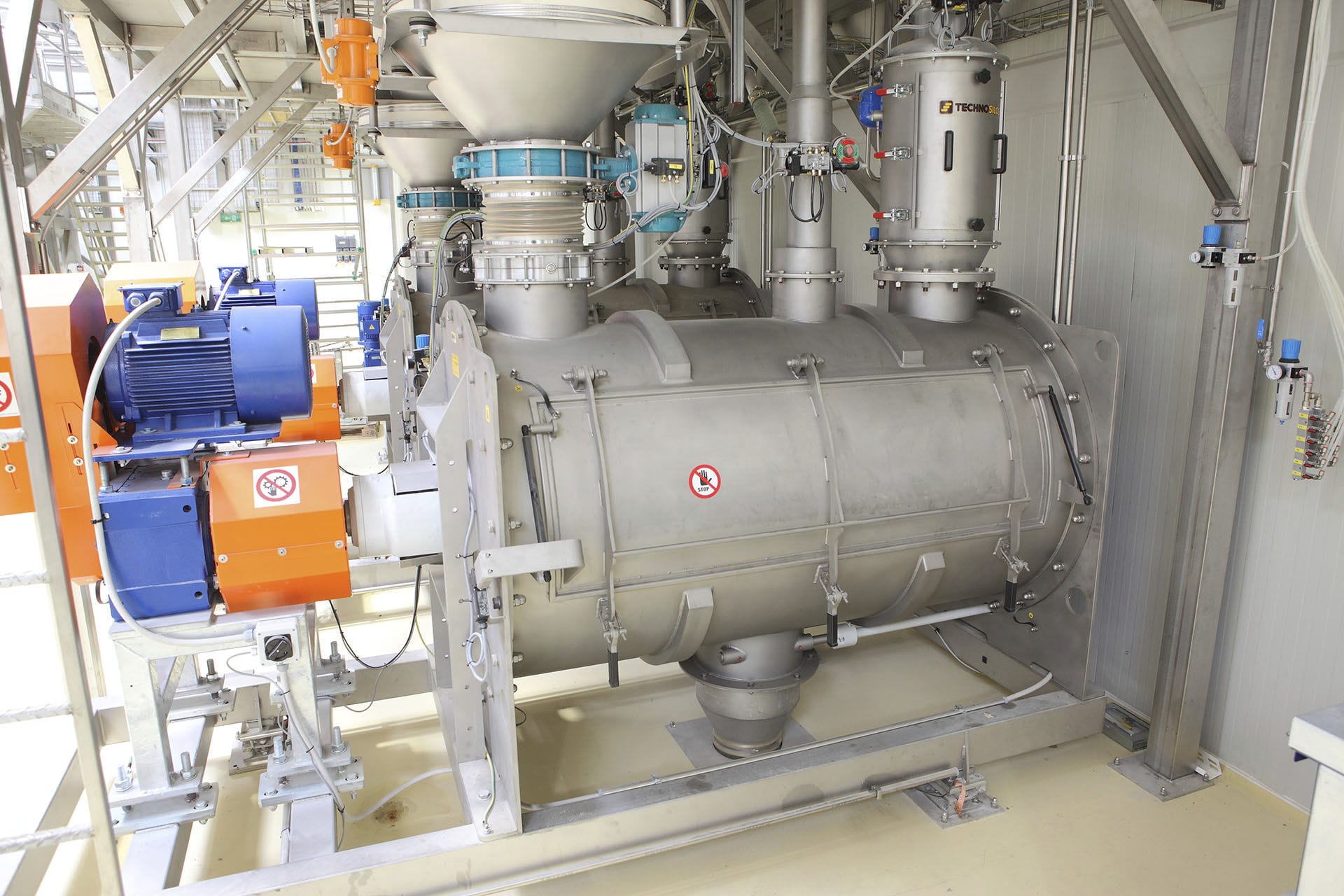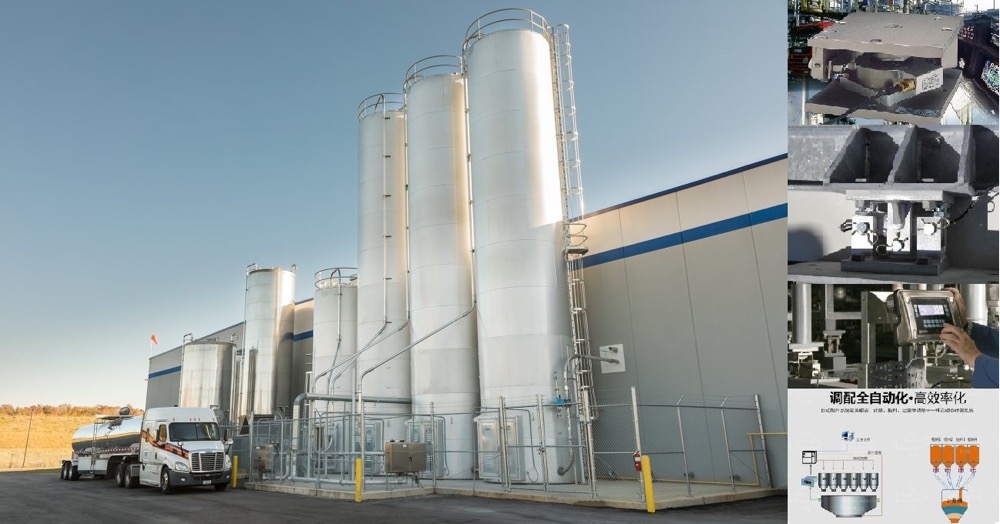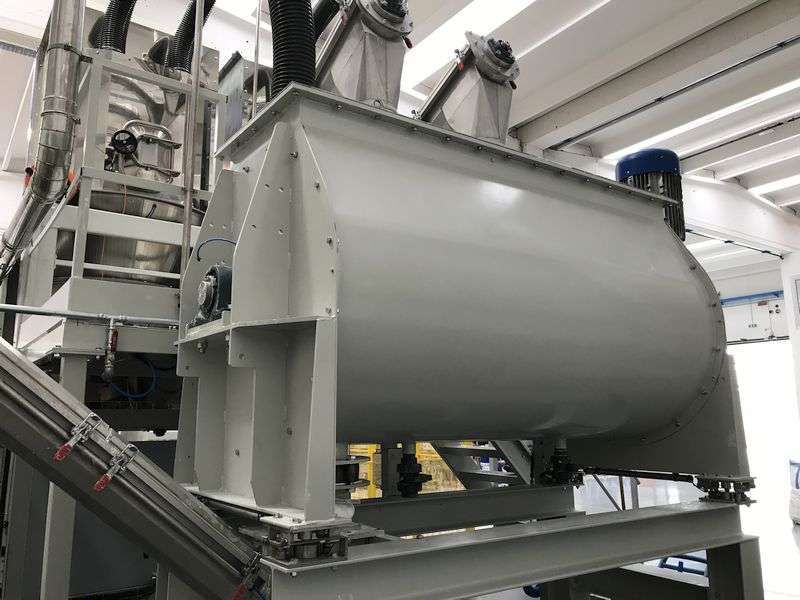

In order to realize the static weighing measurement of large containers and hoppers in industrial environment, weighing module integrates weighing sensor, load transmission device, limit and overload prevention, and can be easily connected with various mechanical equipment. On the basis of traditional resistance strain sensor, combined with modern microelectronics technology and microcomputer technology, control functions are added, including weight display, quantitative feeding, unloading, field equipment control, alarm signal display, formula setting and process monitoring.
 020-34563445
020-34563445The working principle of the weighing sensor is that the metal resistance wire is stretched and thinned under the action of tension, and then the resistance increases, that is, the metal resistance changes with the strain. The weighing sensor is a conversion device used to convert the weight signal or pressure signal into the electric signal, and the construction principle of the weighing sensor is that the metal resistance has the characteristic of obstructing the current flow.
The metering module can be conveniently installed on containers of various shapes, and can be conveniently charged, mixed or mixed in this container. Through the combination of weighing sensor, instrument and control system. The system can achieve the weighing and metering of the tank, so as to control it. The Weighing system mainly consists of multiple sensors, multi-channel junction boxes (including amplifiers), display instruments and multi-channel control signals.
Weighing module is a device that can convert physical or chemical quantities into electrical signals that can be easily used. It can convert input variables into signals that can be measured, and sense the change of acceleration force. Acceleration force is the force that acts on an object during acceleration. All kinds of gravity changes such as shaking, falling, rising and falling can be converted into electrical signals by G-sensor, and then converted into electrical signals or other required forms of information output according to certain rules after calculation and analysis by microprocessor, so as to meet the requirements of information transmission and output.
technical parameter
* Rated load (R.C.): 10, 15, 20, 25, 30 and 50t.
* rated output (r.o.): 2 0.0050mv/v.
* Zero balance: 0.015mv/v.
* Comprehensive error: ±0.03%R.O 。
* nonlinearity: ±0.03%R.O
* Lag: ±0.03%R.O 。
* repeat: sex ±0.02%R.O
* Creep (30min): ±0.03%R.O 。
* Normal operating temperature range: -10...+40℃
* allowable working temperature range: -20...+70℃
* Influence of temperature on sensitivity: 0.02% r.o./10℃
* Influence of temperature on zero point: 0.02% r.o./10℃
* Recommended excitation voltage: 10V(DC/AC)
* Maximum excitation voltage: 15V(DC/AC)
* Input impedance: 770 10 Ω
* Output impedance: 700 5 Ω
* insulation impedance: > 5000MΩ
* safety overload: 150%R.C
* ultimate overload: 300%R.C
* Elastic element material: alloy steel
* Protection grade: IP68






























